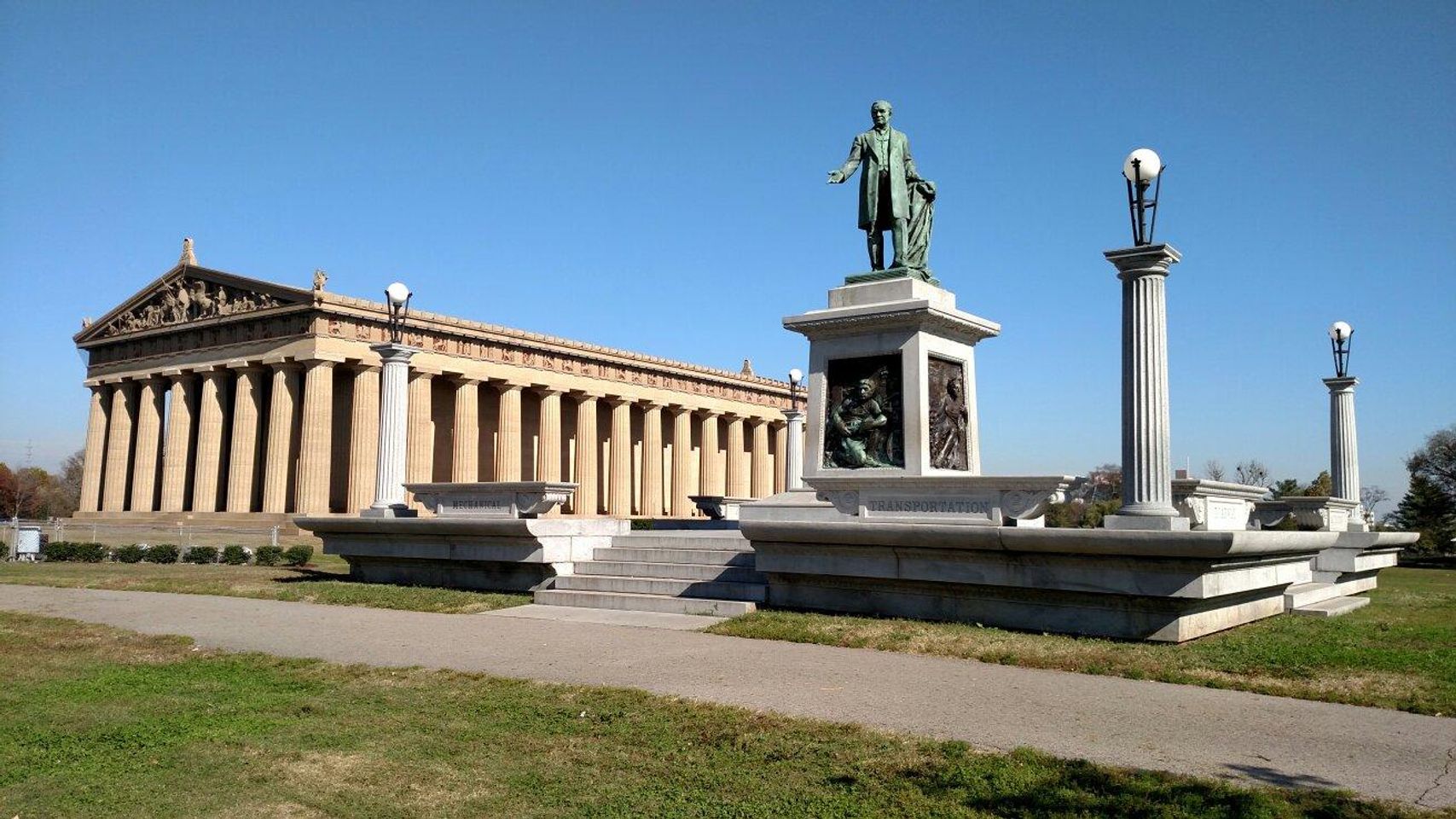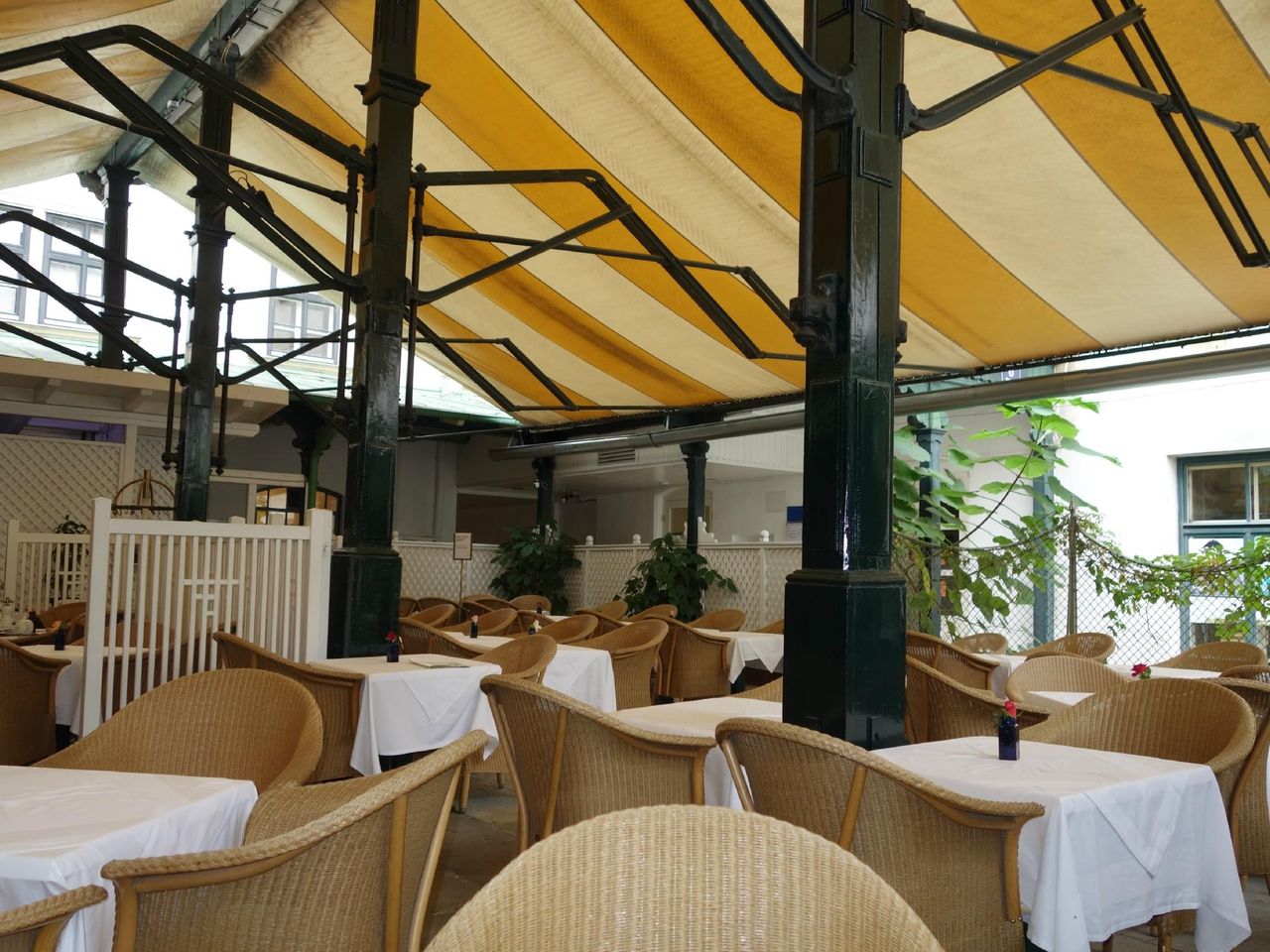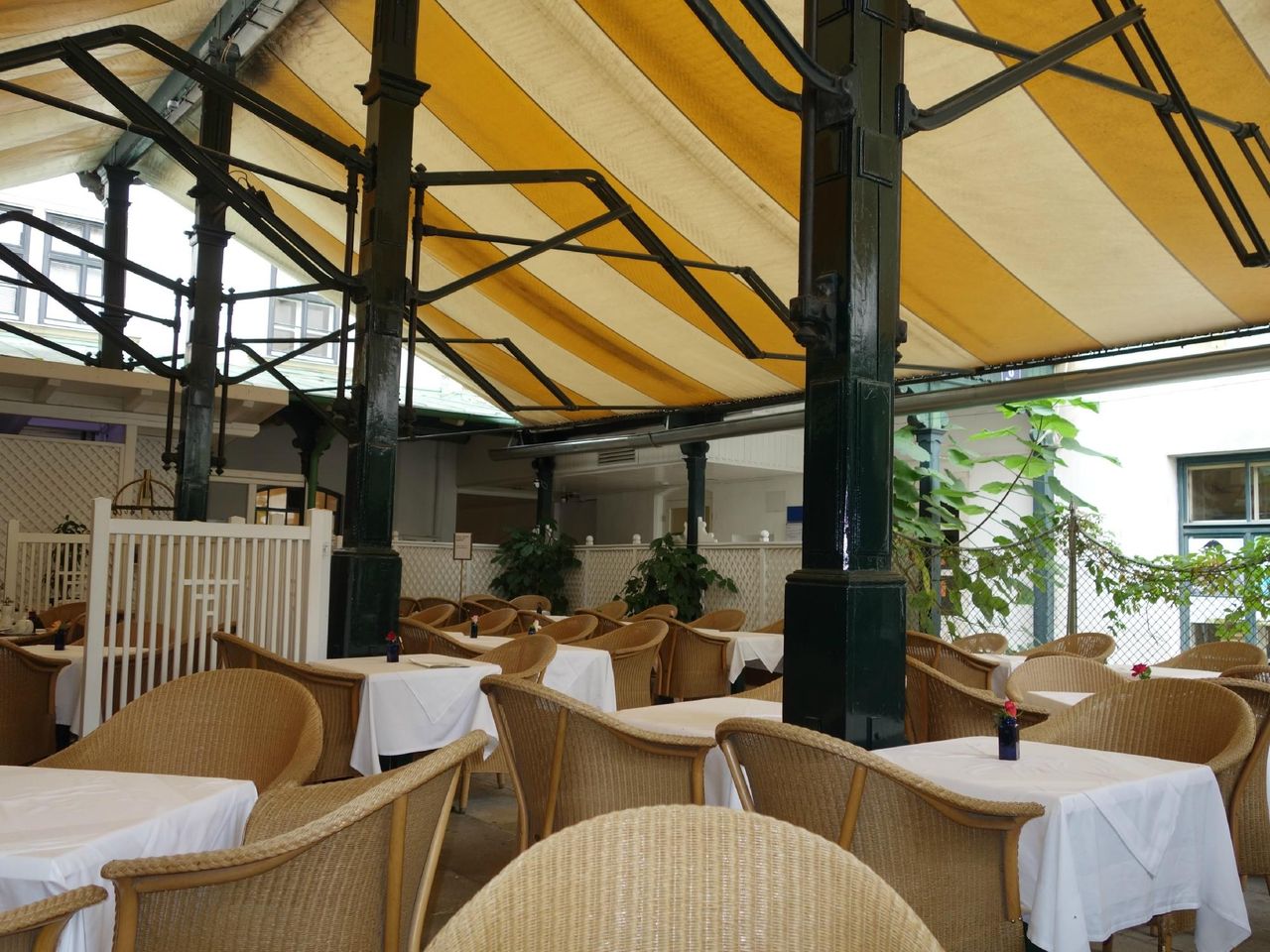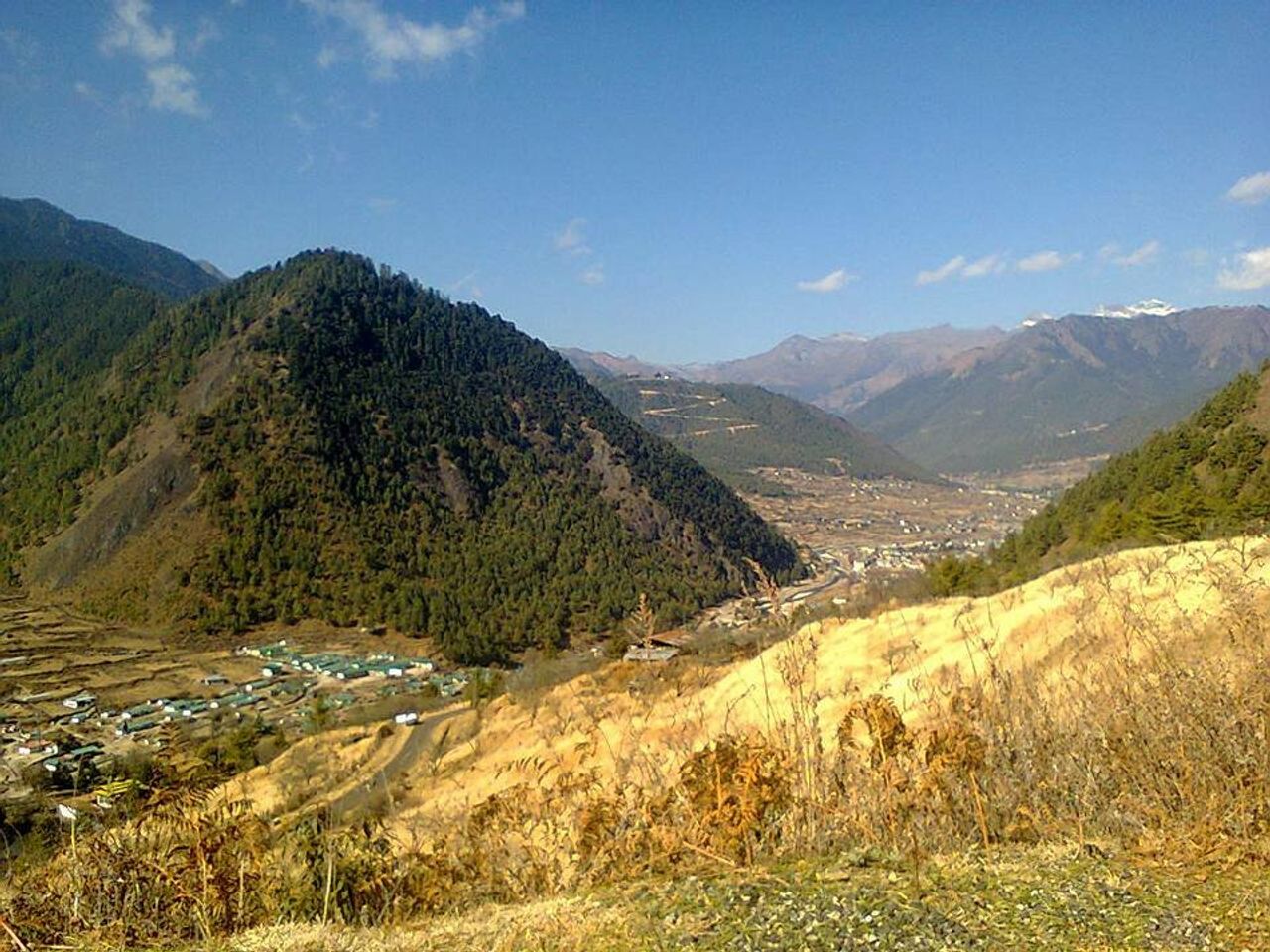Discover the Hidden Treasures of Bhutan: Visit Lhakhang Karpo and Nagpo in Haa
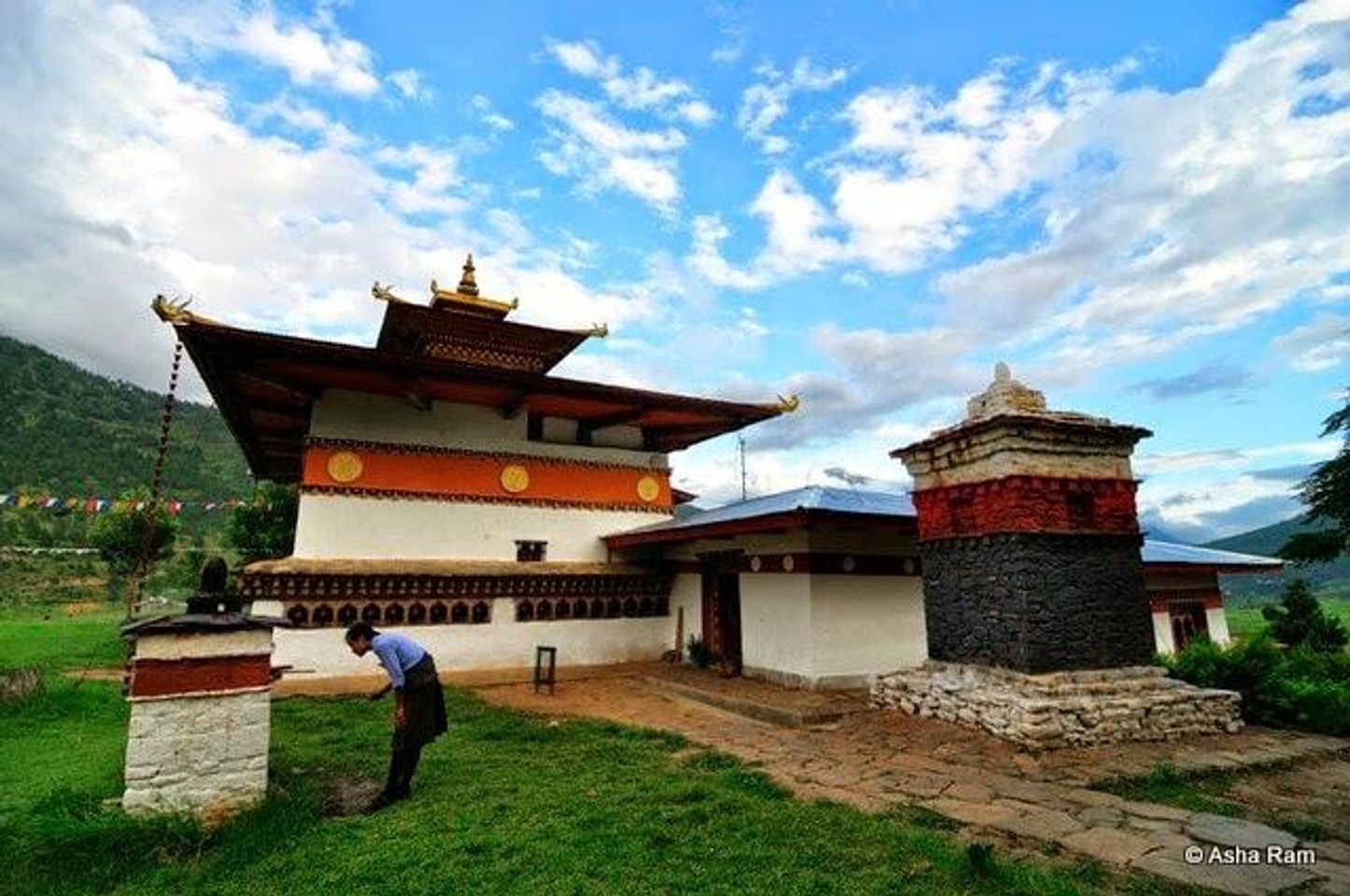
As travel enthusiasts, we are always on the lookout for off the beaten path destinations that offer a unique cultural experience. Bhutan, dubbed the Land of the Thunder Dragon, is an exotic destination that offers a perfect blend of rich culture, breathtaking scenery, and genuine hospitality. One of the must-visit destinations in Bhutan is the historic Lhakhang Karpo and Lhakhang Nagpo in the serene Haa Valley.
These two ancient temples are among the oldest and most revered in Bhutan. Lhakhang Karpo, translated as the White Temple, was built in 659 AD and is said to have been constructed overnight by the Tibetan King Songtsen Gampo’s magician in memory of his wife. On the other hand, Lhakhang Nagpo, also known as the Black Temple, was built in the 8th century by the Tibetan Emperor Trisong Detsen. Together, these temples represent Bhutan’s rich cultural heritage and are a testament to the country’s Buddhist faith.
Visiting Lhakhang Karpo and Lhakhang Nagpo offers a fascinating glimpse into Bhutan’s rich history and culture. The two temples also offer a serene and picturesque setting that is perfect for meditation and deep reflection. It is not uncommon to find locals and visitors alike spending hours in quiet contemplation in these sacred places. In this article, we will delve deeper into what makes Lhakhang Karpo and Lhakhang Nagpo such an important destination in Bhutan and explore the unique experiences you can expect when visiting. Click here to access the complete city guide for Haa.
History of Lhakhang Karpo and Lhakhang Nagpo
When visiting Bhutan, no trip is complete without stopping at the Lhakhang Karpo and Lhakhang Nagpo in Haa. These two beautiful temples are rich in history and culture, and they remain a significant part of Bhutanese heritage.
We believe that the best way to appreciate these temples is by taking the time to understand their origins. The Lhakhang Karpo and Lhakhang Nagpo were built by Tibetan King Songtsen Gampo in the 7th century. These magnificent buildings were constructed as part of a divine prophecy to suppress a demoness. The fact that they have stood the test of time, despite being over a thousand years old, speaks of their architectural marvel.
Stepping inside these temples is like stepping into a different world. The intricate designs, beautiful paintings, and spiritual atmosphere all contribute to a sense of wonder and awe. We cannot help but admire the dedication and skill of the many artisans who contributed to these temples’ construction.
In conclusion, we highly recommend taking a trip to Lhakhang Karpo and Lhakhang Nagpo while in Bhutan. These temples speak to the very heart of Bhutanese culture, and we believe that they are essential to appreciate fully the country’s heritage. While there, take a moment to reflect on the beauty and history of these magnificent buildings and the people who created them.
Architectural features of Lhakhang Karpo and Lhakhang Nagpo
When visiting Lhakhang Karpo and Lhakhang Nagpo in Haa, Bhutan, we cannot help but marvel at the impressive architectural features of these two sacred temples. These temples are revered for their unique designs, which blend seamlessly with the natural surroundings, creating a serene and peaceful atmosphere that transports us to a world of tranquility.
The intricate carvings, exquisite paintings, and richly decorated interiors of the temples are testimony to the skill and creativity of the Bhutanese artisans and architects. Every inch of space in these temples is symbolic and meaningful, reflecting the deep spiritual and cultural values of the Bhutanese people.
As we stand in front of the temples, we cannot help but feel a sense of awe and reverence for the beauty and magnificence of these architectural wonders. To truly experience the spirit of the Bhutanese people and their culture, a visit to Lhakhang Karpo and Lhakhang Nagpo is a must. We leave feeling inspired and enriched, with a deeper understanding of the traditions and values that have shaped Bhutanese society for centuries.
Religious significance of Lhakhang Karpo and Lhakhang Nagpo
As we embark on a pilgrimage to Lhakhang Karpo and Lhakhang Nagpo, it becomes apparent that these two monasteries hold immense religious significance to the Bhutanese people. The striking architecture of these structures and the serene atmosphere they embody showcase the unique blend of Buddhism and Bonism that is practiced in Bhutan.
While Lhakhang Karpo is known for its white exterior and peaceful surroundings, Lhakhang Nagpo stands out for its darker shade and the fierce deities it houses. Both monasteries are a fitting testament to the duality of life – the balance between light and darkness, good and evil, and the constant struggle to attain enlightenment.
As we take a moment to absorb the beauty and significance of these monasteries, it is apparent that they serve as a reminder of the roots of Bhutanese culture and the importance of preserving it. The spiritual energy that emanates from these sites is palpable, permeating every aspect of our being. In visiting Lhakhang Karpo and Lhakhang Nagpo, we not only pay homage to the religious practices of Bhutan but also gain a deeper appreciation for the natural beauty and cultural richness of this fascinating country.
Conclusion
In conclusion, visiting Lhakhang Karpo and Lhakhang Nagpo in Haa, Bhutan is an experience that is sure to leave a lasting impression. The mystique of these ancient temples, coupled with their rich historical and cultural significance is something that has to be encountered in person to be fully appreciated.
We highly recommend taking the time to visit these two temples and immerse yourself in the profound spirituality and serenity that they offer. The journey through the bucolic surroundings leading up to the temples is an experience in itself, providing a glimpse into the peaceful Bhutanese lifestyle.
In the end, the visit to Lhakhang Karpo and Lhakhang Nagpo is not just a mere sightseeing tour, but rather a journey of self-discovery and enlightenment that will leave you with a newfound appreciation of the simplicity, purity, and beauty of life. We are certain that you will be left with a deep sense of awe and wonder after your visit to these two remarkable temples in Haa, Bhutan.

